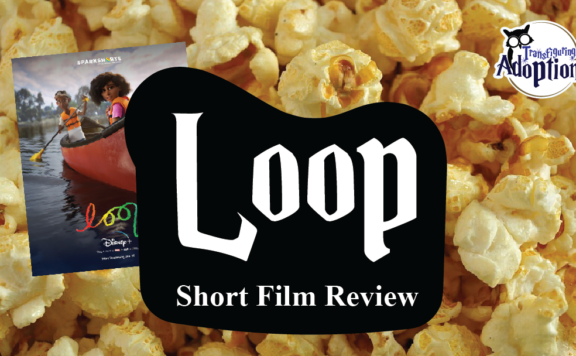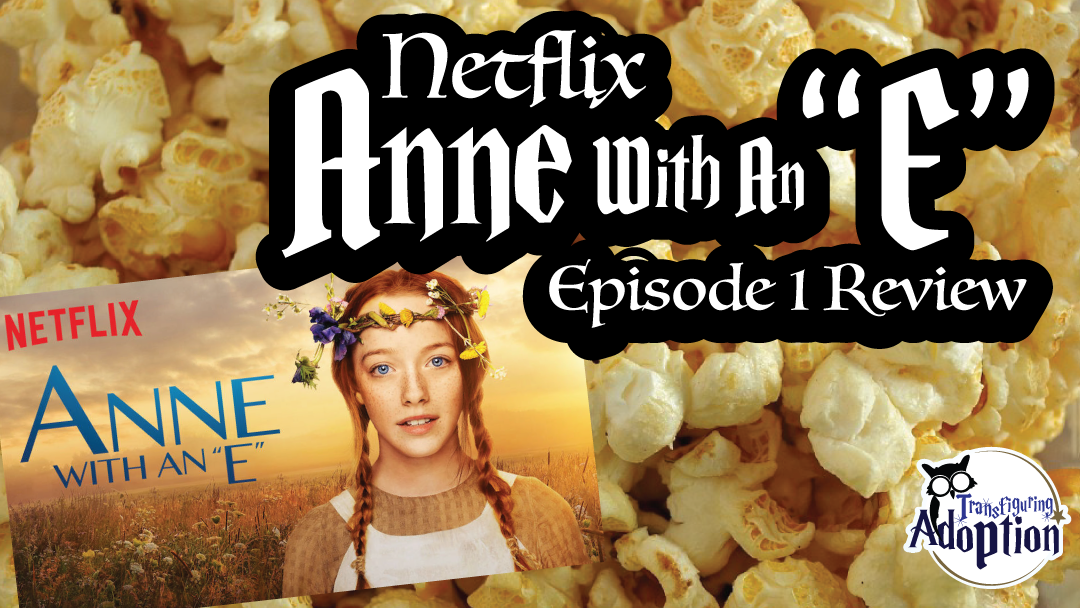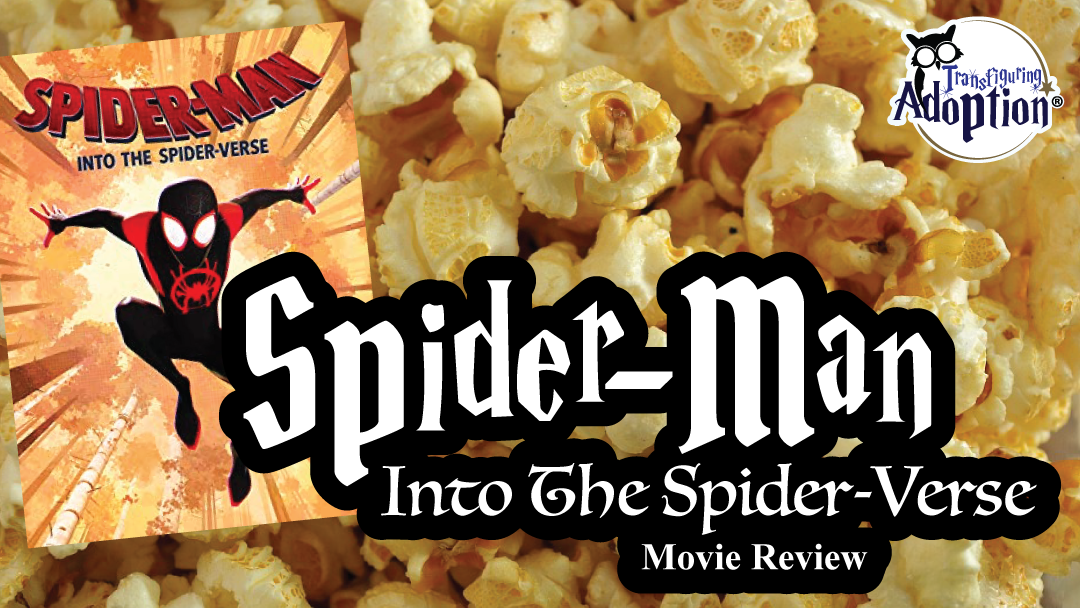Grade:
Transfiguring Adoption awarded this movie 1 Hoots out of 5 based on how useful it will be for a foster/adoptive family. [Learn more about our Hoot grading system here]
Movie Info:
-
Rating: PG (Language, Brief Mild Thematic Elements, Some Crude Humor)
-
Genre: Kids and Family, Comedy
-
Runtime: 100 minutes
-
Studio: Paramount Pictures
From the Cover of Hotel for Dogs by Paramount Pictures:
“After moving into a foster home that forbids pets, siblings Andi (Emma Roberts) and Bruce (Jake T. Austin) must quickly find a home for their dog, Friday. The resourceful pair find an abandoned hotel, and with the help of Bruce’s mechanical skills, turn it into a pooch paradise for Friday and a number of strays. But when the inevitable barking makes neighbors suspicious, Andi and Bruce must find a way to hide their canine haven from prying eyes.”
Transfiguring Adoption’s Overview:
Hotel for Dogs is billed as a ‘feel-good’ family movie and tells the story of a group of teens who start taking in stray dogs to save them from the pound. The movie is targeted at the upper elementary/middle school age range (10-14) and will likely appeal most to that group, though younger children are likely to enjoy it as well.
Unfortunately, the two main characters are in the foster care system and have foster caregivers who are neglectful and abusive, leaving the children to take care of themselves. There are a number of harmful triggers to be wary of, so if your foster/adoptive family plans to watch this one, definitely give it a watch first so that you can be prepared to address any issues that arise. In addition, if the kids in your home are sensitive regarding animals this may also be one to skip. There are several upsetting scenes that take place in a pound with aggressive animal control officers, and many of the dogs in the film are treated poorly prior to being rescued.
** Spoilers Could Be Ahead **
How Is This Relevant To Adoption & Foster Care?
This movie directly relates to Foster Care/Adoption because the two main characters are set of teenage siblings who are currently in foster care. Their parents passed away three years prior to the start of the film and they have been bouncing around from one home to the next in the time since. Their current foster home is quite terrible and the children are neglected to the point that they are forced to find ways to take care of themselves on their own. We also frequently see interactions involving the children’s social worker, Bernie, and his struggle to place them in homes and manage situations they find themselves in.
Additionally, there is a theme of found-family throughout the film that will likely resonate with children who are in foster or adoptive care. The children begin to take in stray dogs they find and start a ‘hotel for dogs’ where all the animals can live together in a happy and safe environment rather than on the streets or in the pound. They make friends with several other children who help them with this project and the main characters frequently talk about the group of their friends and dogs as their ‘real family’.
Discussion Points:
- Resilience
Bruce and Andi have been through a very difficult time during their three years in the foster care system. They have moved from home to home frequently, and from what we see their caregivers have not provided for them very well. However, despite all of this, their social worker describes them as positive, friendly and loving kids. And we see all of these traits in the way they throw themselves into taking care of the stray dogs. Use this as a way to start a conversation about the ways your kiddos demonstrate their resilience and the strengths they have that both helped them through their trauma and continue to be skills they can draw on as they move forward in life. - Resourcefulness/Problem Solving
Due to their neglectful caregivers, Bruce and Andi are forced to mostly take care of themselves (and later the many dogs they take in). Both children find very resourceful ways of doing this — though not all are positive, such as when they find a way to make money selling rocks disguised as cellphones at the start of the film. However, the most notable way that resourcefulness is demonstrated is in the many inventions Bruce thinks up and builds to take care of the dogs and solve problems that arise. The dogs need to use the bathroom, eat, and exercise and Bruce finds creative ways to address all of those needs. Because children who have experienced trauma have focused so much of their energy on surviving, they likely have developed some resourcefulness of their own. This can be a great way to have a conversation about how they can use that skill positively to engage in creative problem solving as opposed to only as a survival behavior. - Making Friends
At the start of the movie, Andi and Bruce don’t really have any friends other than each other. Because they have moved foster homes five times in three years, they likely haven’t had much chance to build long-term relationships with anyone. For children who are in adoptive or foster care, it’s possible they’ve had a similar experience and may relate to these feelings of loneliness and being unsure of how to fit in. Children who have experienced trauma also often have difficulty in trusting others because they are worried about being hurt again. Andi and Bruce slowly begin to connect with several other children, united by their shared love of animals and desire to help the dogs in their neighborhood. And even though the children all have very different personalities, they end up becoming close friends. If your children struggle with making friends this could be a good way to talk about some strategies for making friends, such as having common interests or a shared goal and how to facilitate similar situations in their own lives such as joining a club or team.
Cautionary Points:
- Abuse/Neglect by Caregivers
Carl and Lois are Andi and Bruce’s current foster parents and they fall into the stereotype of being in it for the money. They aren’t shy about indicating that they don’t particularly like the children and we see them being incredibly neglectful. They keep the pantry locked and limit what and when the children can eat. The children share a room without any beds and instead sleep on a couch and cot. They are frequently accused of stealing food and other items. When they do get fed, we see them given cereal or cold tv dinners rather than food that has been properly prepared. Bruce and Andi wander around town at all hours and Carl and Lois don’t seem to notice or care where they are or what they are doing unless those things somehow bother them. While we don’t see any physical abuse, there is a scene towards the end of the movie where Carl and Lois are both raising their voices at Bruce after they caught him taking something of theirs. For children who have experience abuse or neglect these scenes, which take place throughout the entire movie may be a triggering reminder of what they have endured. - Social Worker leaves children in unfit home
Bernie, their social worker, is very involved in the children’s lives. However, he knows about and witnesses the abuse and neglect first hand and does not remove the children from the home. His advice at one point for dealing with Carl and Lois is to “smile and say mm-hmm” which is not remotely helpful. Bernie seems to genuinely care for the children and want to help them and yet this perpetuates the belief of many youth in care that if they ask a social worker for help or tell someone about abuse and neglect, they won’t be believed or nothing will be done about it, so this is an incredibly damaging thing to see play out on screen, especially if children have experienced a similar situation. - Victim Blaming
Throughout the movie Bernie, the social worker, reminds the children that if they do anything wrong, they will be split up. Early on he says, “you can’t afford to screw this up. You’ve only been here two months. This is your fifth foster home in three years…you mess this one up, that’s it.” All these statements put the blame on Andi and Bruce for their situation, when all they are doing is being kids and it’s the system that is failing them. He also reminds them that this is their last chance to stay together and after this no one will want both of them. Most children who experience this already have a tendency to blame themselves for the things that have happened to them. Having an adult in a role of authority telling the children in the movie that they are at fault (even partially) for their frequent placement changes is likely to be extremely detrimental. - Siblings threatened with separation (and eventually it happens)
Every time Bruce and Andi make a mistake or get into trouble, Bernie reminds them that this is their last opportunity to stay together and if these foster parents quit, they will go to separate homes. This is one of the worst nightmares of kids who are in foster care — that they will not get to stay with their siblings. To take it one step further and tell them that it’s their fault if they get split up is even worse. Towards the end of the movie, we see this threat fulfilled and after Carl and Lois refuse to keep the children any longer they are sent to separate group homes in a very upsetting scene where the police drag them into separate squad cars while both are crying. This is likely to be especially triggering for children who are currently separated from their own siblings, or worried about that possibility. - Parent Death
This does not happen on screen and is only mentioned occasionally in passing, but Bruce and Andi’s parents die three years prior to the start of the movie which is how they ended up in foster care. - Animal Mistreatment
Bruce and Andi’s dog, Friday is picked up by animal control officers and taken to the pound. This isn’t a clean place full of well-cared for animals like many of today’s animal shelters, but literally a cement room of cages filled with mistreated and dirty animals. The guard throws Friday into a cell. Later many dogs are brought here and are crowded into cages. While it is not directly spelled out, it is implied several times that animals are euthanized after a short period of holding time. - Lying/Dishonesty
When the movie opens, we see Andi and Bruce wrapping rocks up in cellphone boxes and selling them as a way to make money. They are caught by police and Andi initially lies to them before evidence is found. Later we see her lie to her friends several times about her parents and living situation, as she doesn’t want to admit to being in foster care. Again, when the lie starts to unravel, she clings to it making up wilder and wilder stories in a desperate attempt to keep her secret. However, in both cases, the truth eventually comes out and Andi does not gain anything from her lying so it is not shown in a positive light. - Aggressive police presence
The biggest instance of this is the animal control officers who are seen chasing down and rounding up the stray dogs of the movie and not treating them very well. They also engage in a few chase scenes involving the children. These officers are seen yelling and acting aggressively and seem to enjoy having dogs to mistreat (they seem disappointed when there aren’t stray dogs to go hunt for). The other police officers aren’t shown in a particularly favorable light either, and we see them dragging Andi around by her arm at one point and both she and Bruce are taken away in cop cars to go live in separate homes. For many children who have experienced trauma, they may have experienced a traumatic removal from their home by the police, especially in cases of abuse and neglect. Seeing Bruce and Andi separated in this way may bring up bad memories for them. Additionally this may be upsetting for children who have had negative experiences with the police (or witnessed family members have bad experiences). - ‘Social worker adopts foster kids’ fantasy fulfillment
Something I can guarantee everyone who works in foster care or adoption has heard at least once: “But why can’t I just come live with you?” Most social workers and others in the system I have known genuinely care for the children on their caseloads. And oftentimes the social worker is the one stable adult in their lives that might be with them through several placement changes. And because some of these children have such limited experience with healthy adult relationships it can be easy for them to get attached to those they have close contact with. And despite social workers caring and wanting what’s best for kids, they obviously can’t adopt them all! So, while it seems heartwarming on the surface that Bernie ends up adopting Andi and Bruce, it may perpetuate hope that a similar thing could happen to them when the reality is extremely slim that would be the case. - Mild romantic content
One of the teens refers to a girl in the group as being ‘hot’ and ‘fine’. Andi shares a kiss with her crush, Dave, towards the end of the movie. There’s a scene of two dogs licking each other’s tongues to similar ‘making out’. Everything is very much PG and age-appropriate but something to be aware of. - Kid accused of “Stealing”
This is a tricky one, because the circumstances that lead Andi and Bruce to steal are related to the neglect they are experiencing from their caregivers. Lois and Carl keep the pantry and cabinets locked up so when the children break the lock and take food (not even for themselves but for the dogs) they are accused of stealing. Later, Bruce is found to have been using some items of Carl’s from around the house to create his inventions and Carl describes it as ‘they’re robbing us blind’. This is a trigger more in the sense that children who have had to take things in order to survive or been neglected in similar ways might be upset by seeing it on screen. - Mild bathroom humor
There are quite a number of jokes about the bathroom habits of the dogs they’re caring for and characters frequently step in dog poop.
**Transfiguring Adoption is a nonprofit organization seeking to nurture growth in foster and adoptive families by giving a HOOT about their families. Transfiguring Adoption does not intend for its reviewers nor its review to be professional, medical or legal advice. These reviews and discussion guides are intended to help parents to better be able to connect and understand their children who come from traumatic backgrounds.







